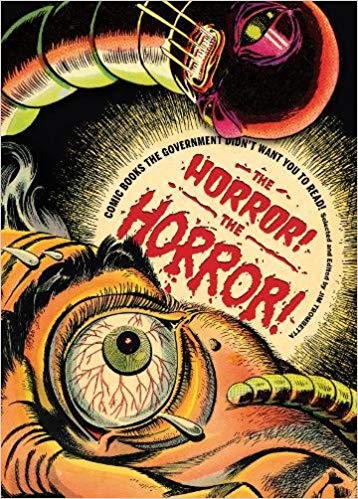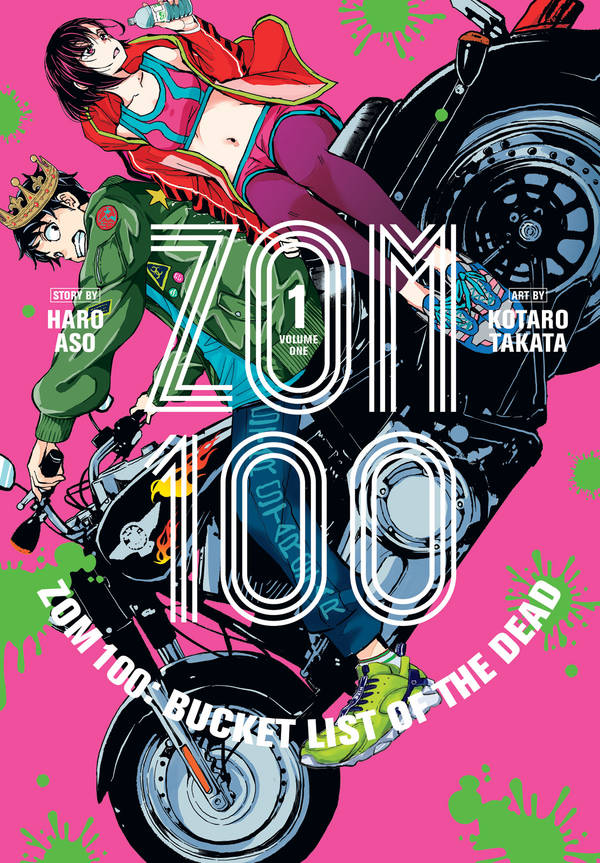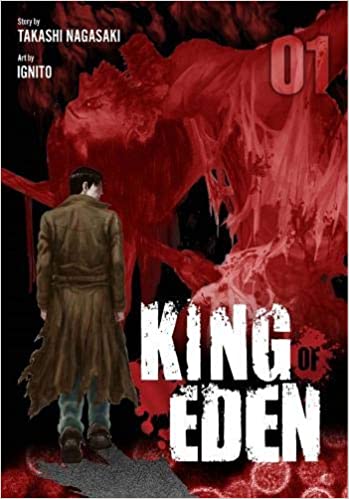In the early 1950s, horror comics were big business. Out of the eighty million floppies sold each month, nearly one in three featured a vampire, a zombie, a cannibal, a werewolf, a parasitic alien, or a vengeful spirit. The comics were as sensational as their titles and were popular with kids—that is, until the Comics Code Authority effectively banned them in 1954 with its prohibition against “lurid, unsavory, gruesome illustrations.”
The Horror! The Horror! Comic Books the Government Didn’t Want You to Read focuses on horror’s brief renaissance in the 1950s. The first third of the book provides a historical overview of the genre, tracing horror comics’ roots back to the popular crime serials of the 1940s. The rest of the book explores the numerous subgenres and tropes found in series such as Tales from the Crypt, Tomb of Terror, The Thing, and Dark Mysteries. Each chapter is organized around a theme—vampirism, werewolves, zombies—and copiously illustrated with full-color reproductions of covers as well as complete stories ranging in length from one to twelve pages. Rounding out the volume is a 25-minute DVD containing “Confidential File,” a 1955 television documentary meant to show the harmful effects of comics on children.
Author Jim Trombetta is an excellent curator, selecting some of the era’s most memorable stories for inclusion in the book, from “Foul Play” (1953), a short piece in which a baseball team punishes its uppity pitcher, to “Some Die Twice” (1954), a longer story about a modern-day slave trader who falls prey to a tribe of cannibals. Through short but trenchant analyses of each story, Trombetta makes a persuasive case that horror comics gave readers a way to thumb their noses at polite society. Authors challenged the social emphasis on conformity, normalcy, and knowing one’s place by depicting all sorts of taboo behavior, from garden-variety criminal acts (e.g., extortion, robbery) to necrophilia. The stories were lurid, exciting, and decidedly un-PC, often reinforcing racist and sexist stereotypes, even as they lashed out at traditional authority figures.
Trombetta’s writing is lively and full of interesting observations, especially in his efforts to show the connection between America’s emerging military might and civilian reservations about the Korean War. His chapters on brainwashing and zombies, in particular, reveal the extent to which the plight of American POWs captured the popular imagination. Stories like “The Brain-Bats of Venus” (1952), for example, depicted pilots falling victim to a race of mind-controlling aliens—a thinly veiled allegory for the kind of reprogramming that Chinese captors allegedly conducted on American prisoners. Likewise, Trombetta’s chapter on vampirism does an excellent job of examining the way in which latent fears of miscegenation were embodied in the vampire’s unique mode of reproducing: swapping blood with the victim.
The only drawback to Trombetta’s approach is that his interpretations aren’t always as explicit or convincing as they could be. By lumping vampirism and cannibalism under the common heading of “The Hunger,” for example, Trombetta misses an opportunity to explore the very different ways in which these two categories reflected American anxieties about racial integration. His critique of horror comics’ not-so-latent sexism, too, would have benefited from more historical context, given the large numbers of women displaced from wartime jobs.
On the whole, however, The Horror! The Horror! is a beautifully designed, carefully researched book that chronicles one of the most important, vital genres in American comics while capturing its pulpy spirit.
This review originally appeared at The Graphic Novel Reporter on November 1, 2010.



